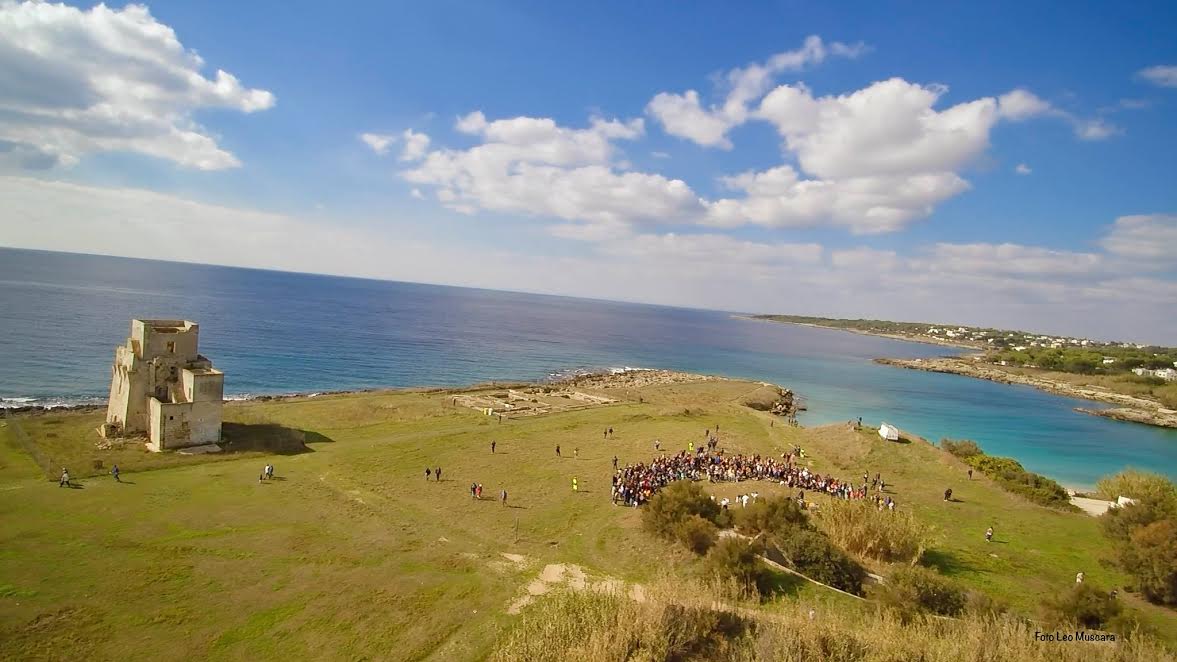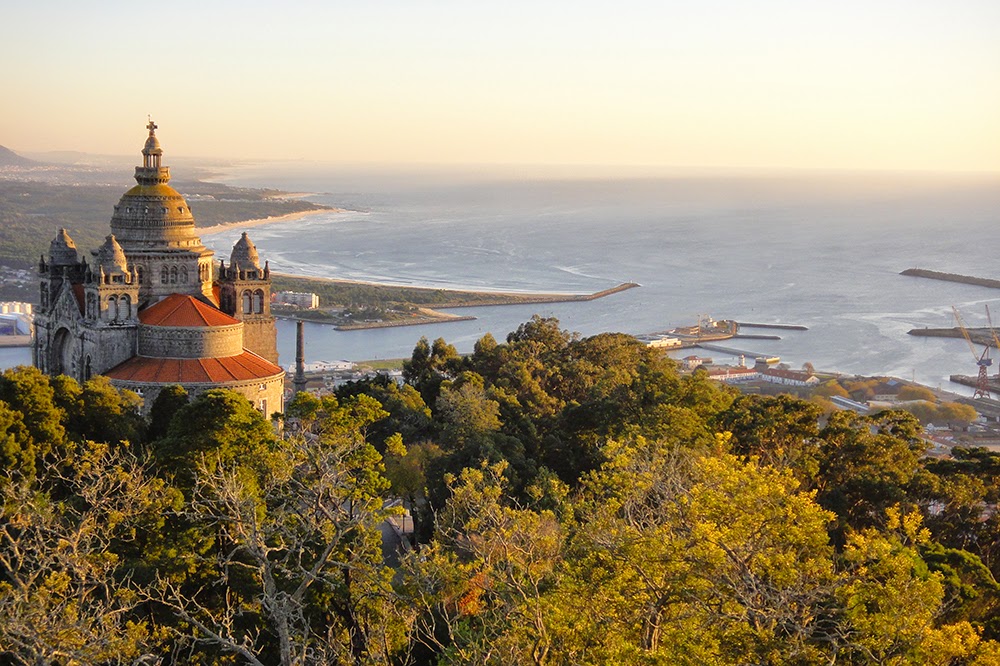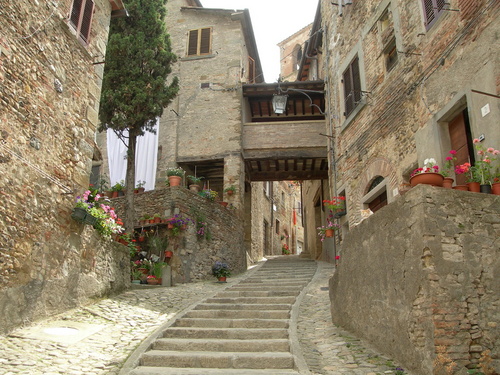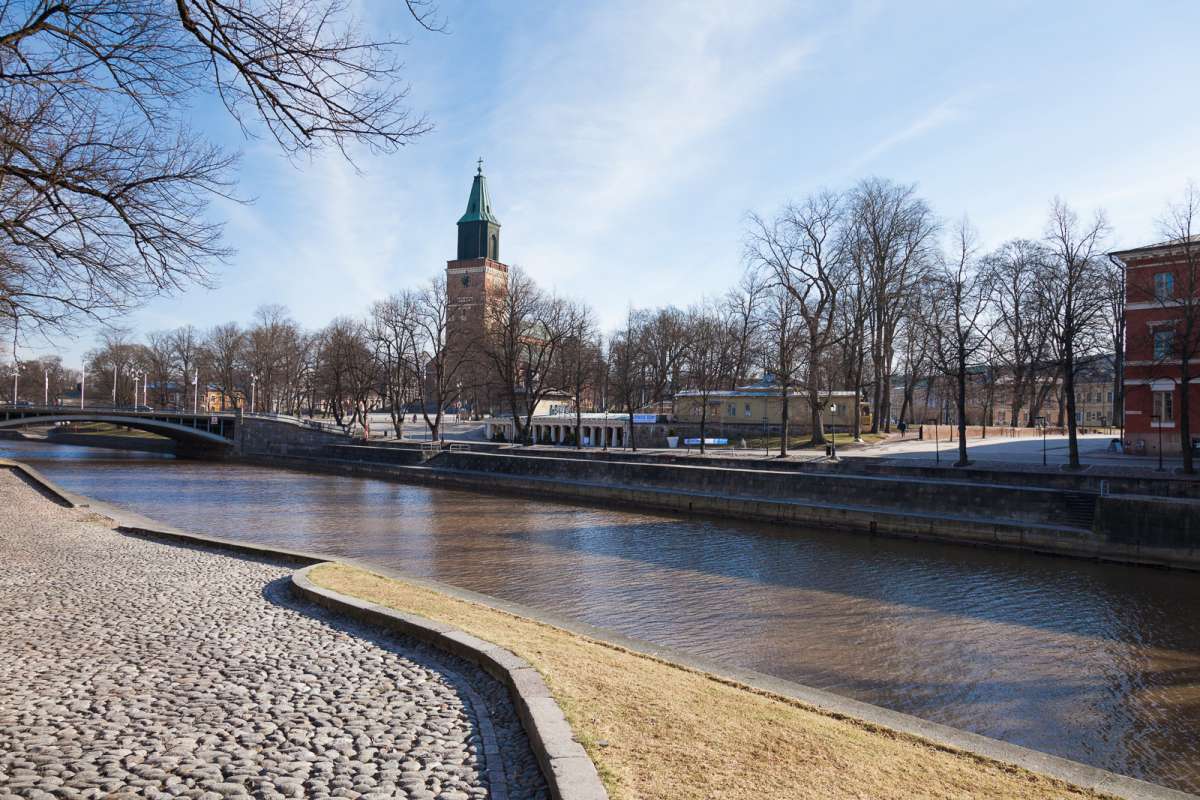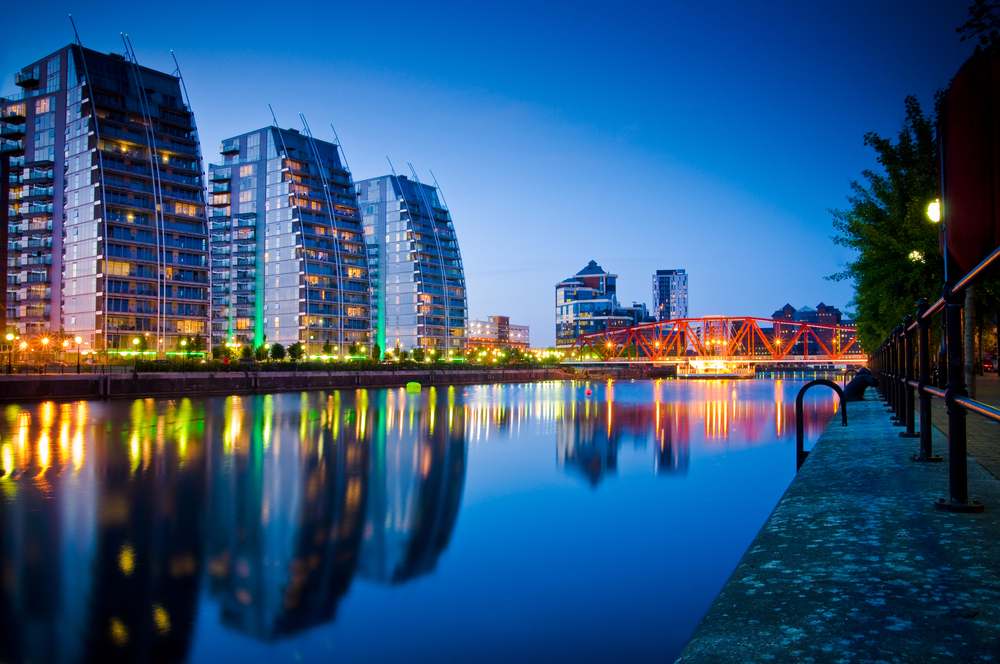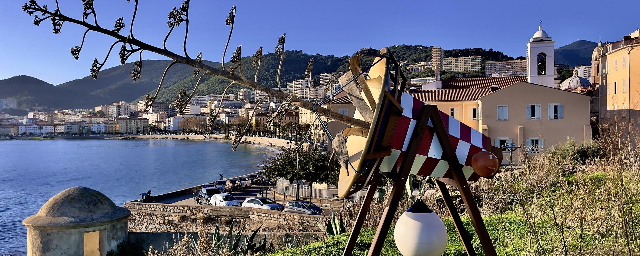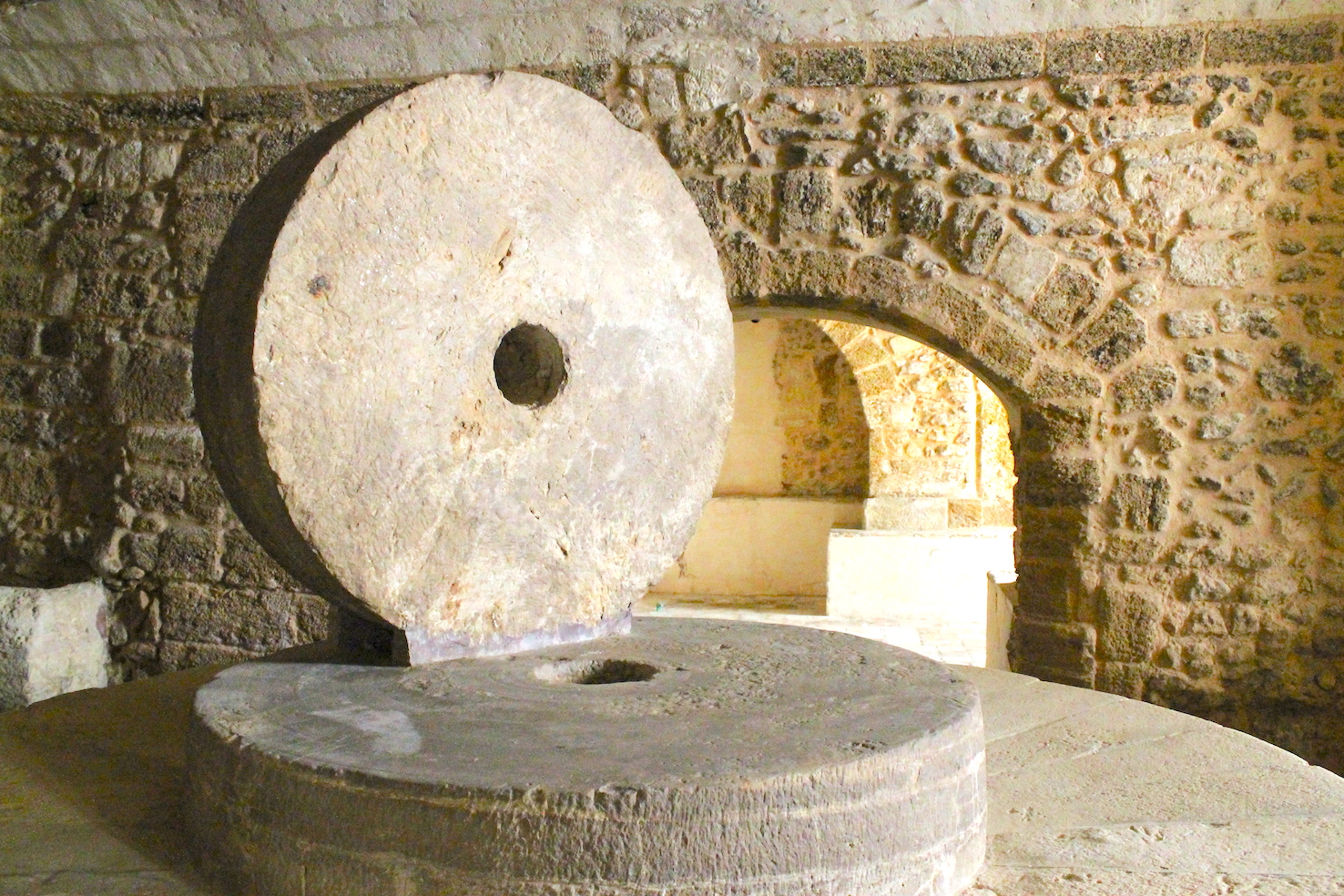The Saturo Park is a really important archaeological site at national level: it is managed by the PoliSviluppo Cooperative, where passionate archaeologists dedicate their precious time to the research of fossils and of the key elements of the history of this territory.
It is located in the province of Taranto, in the homonymous Saturo: it is inserted in a really impressive landscape, washed by the sea. In fact, it is included in the stretch of coast between Porto Saturo and Porto Perone.inside, there are some finds that can be traced back from the advanced Neolithic, up to the known Greek and Roman civilizations. From the artistic point of view, you will rediscover the great fossils of the past.
There are many places of historical interest, such as the remains of the Villa Romana, which dates back to the imperial age. A visit to the Villa Romana includes the rediscovery of the residential rooms and the baths used there. Although it is not in a completely perfect condition, the parts of the building still retain their ancient splendour. As a result, you will be able to admire the splendid mosaic floors, including chequered and braided floors, in a perfectly preserved state.
As you enter the heart of the park, peace and quiet become more and more prominent. Walking along its paths, we can encounter the Saturo Tower, which dates back to the 16th century. The tower served the citizens of the surrounding villages and countryside to prevent enemy attacks and pirate raids. This military outpost is in excellent condition: its truncated pyramid shape is well preserved, also thanks to the works that were carried out to prevent decay.
There are villages of the Bronze and Iron Ages, thanks to which you will be able to understand how they lived at that time. There is also the ancient Acropolis and the remains of a Greek sanctuary: the visit is guided through the ruins.
In addition to what we have listed, there are many other historical attractions:
The Roman cistern;
The ancient quarries;
The submerged wall structures;
The ruins from World War II.
